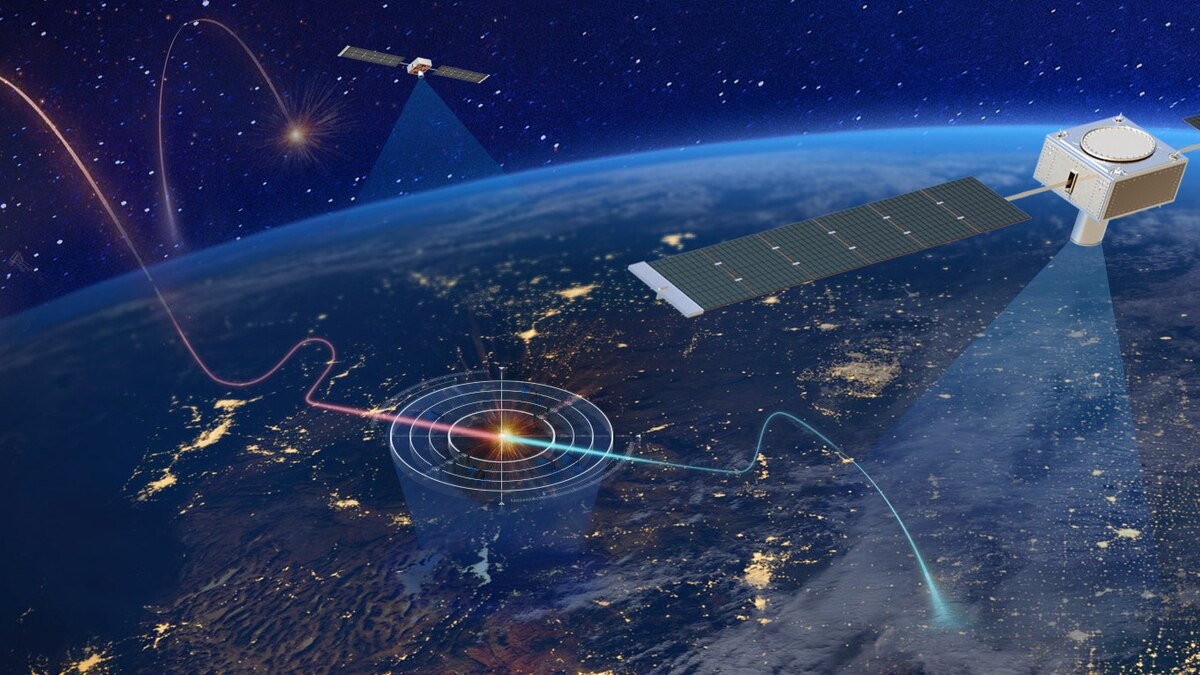Un factor clave para la defensa contra las armas hipersónicas, es un sistema de alerta temprana que proporcione tiempo mínimo de reacción, para hacer frente a la amenaza. La US Space Development Agency desarrolla un ambicioso programa, con el objetivo de colocar cientos de pequeños satélites de órbita baja y media, capaces de integrar una sofisticada trama de observación, alerta y seguimiento de los disruptivos misiles de hipervelocidad.
The Space Development Agency wants to put an initial batch of satellites capable of tracking hypersonic weapons on orbit in fiscal 2022, according to a draft request for proposals the agency released May 11.
The draft comes as SDA prepares to launch its first tranche of about 20 satellites in FY22, the first step toward its goal of hundreds of interconnected satellites operating in low Earth orbit. The agency is taking a spiral development approach, launching additional satellites with increasingly advanced capabilities in two-year tranches.
The second tranche, to be launched in FY24, will place 150 satellites on orbit.
According to the draft RFP, the agency wants a contractor to design and build eight Wide Field of View, or WFoV, satellites with infrared sensors capable of demonstrating an initial hypersonic weapon-tracking capability.
The eight satellites will also be able to plug into SDA’s transport layer satellites, which will establish a space-based mesh network with optical intersatellite cross links. That will allow data collected by the WFoV sensors to flow from satellite to satellite until it is disseminated over tactical data links to the appropriate system.
The agency released an RFP on May 1 for the first 10 satellites that will make up the transport layer. Those satellites are also set to launch in FY22.
In addition, SDA wants to launch Medium Field of View satellites in mid-FY23 focused on technologies needed for additional performance.
Fuente: https://www.c4isrnet.com


